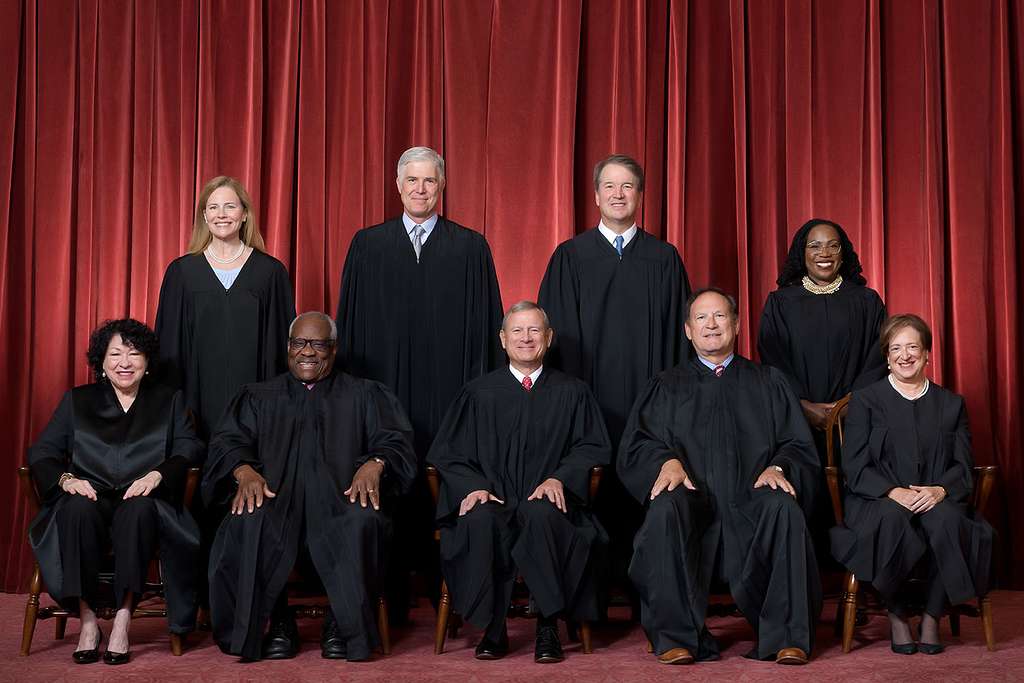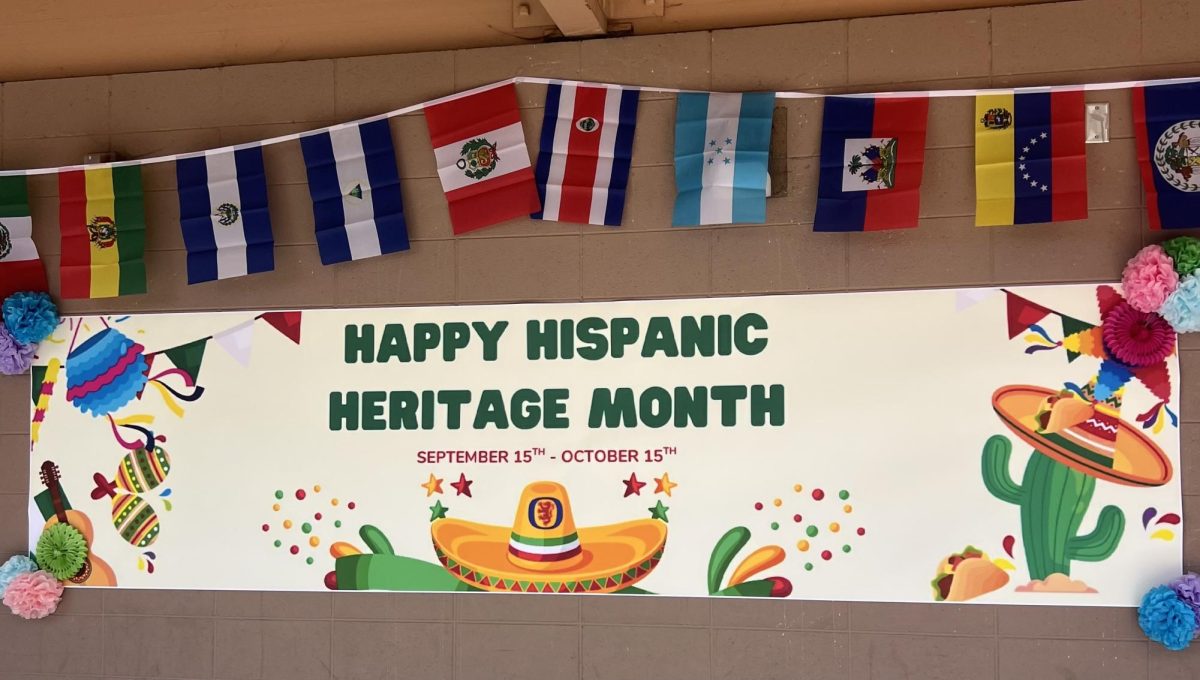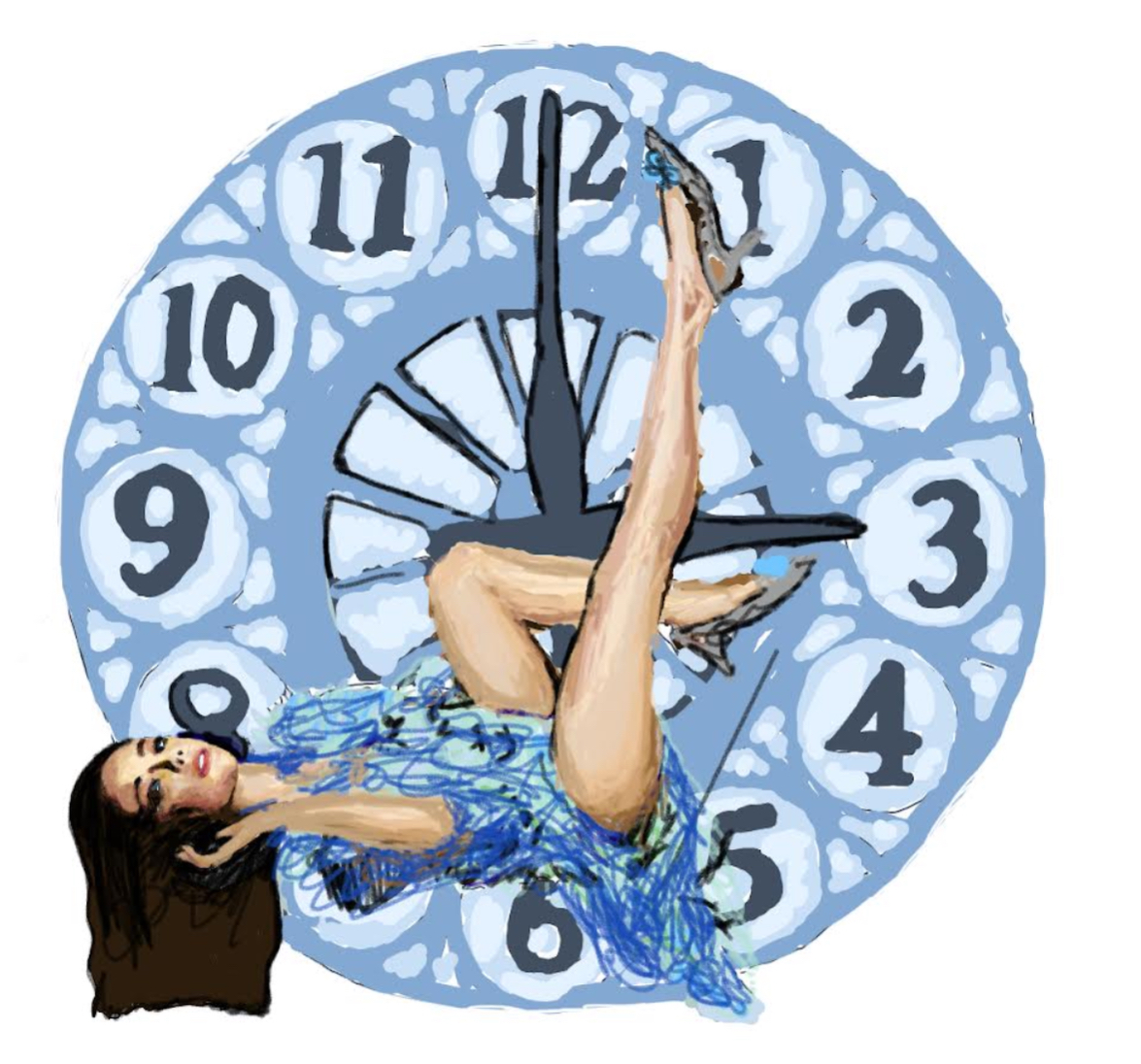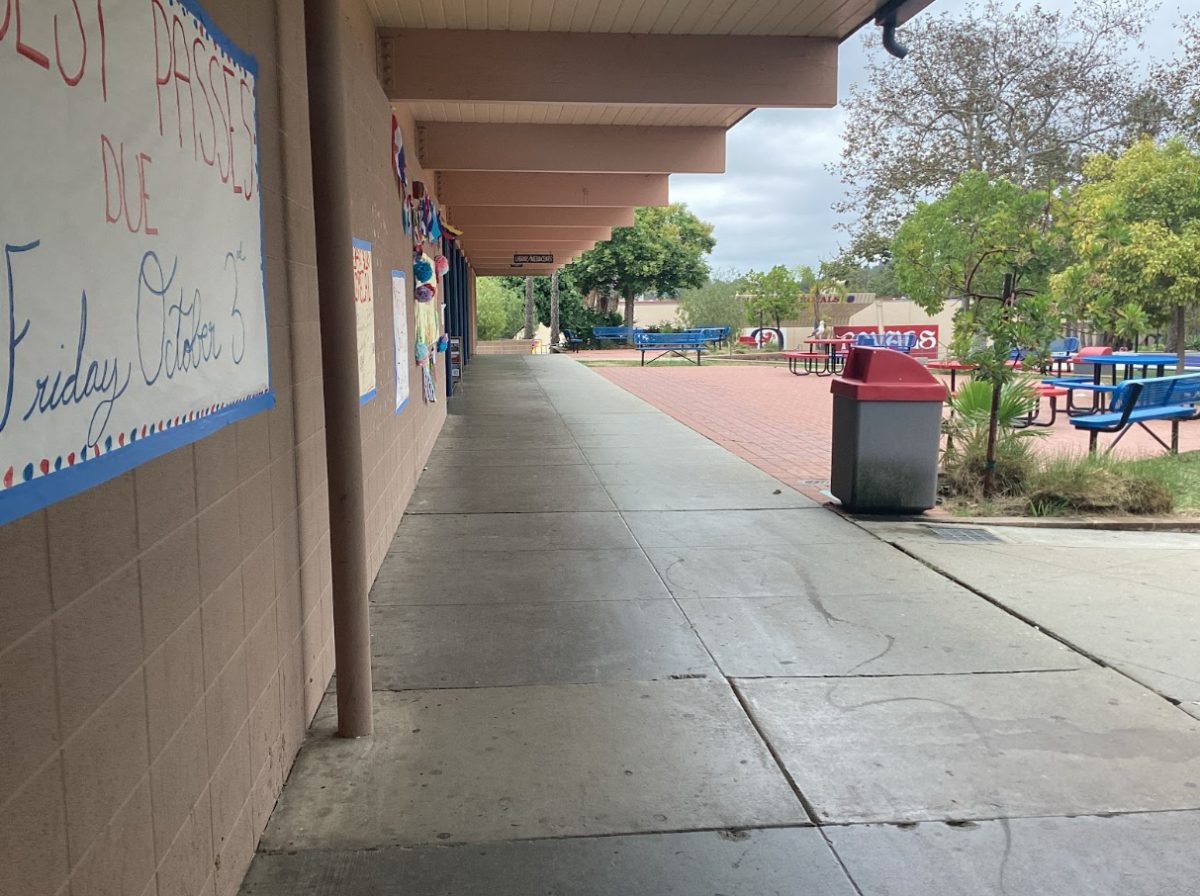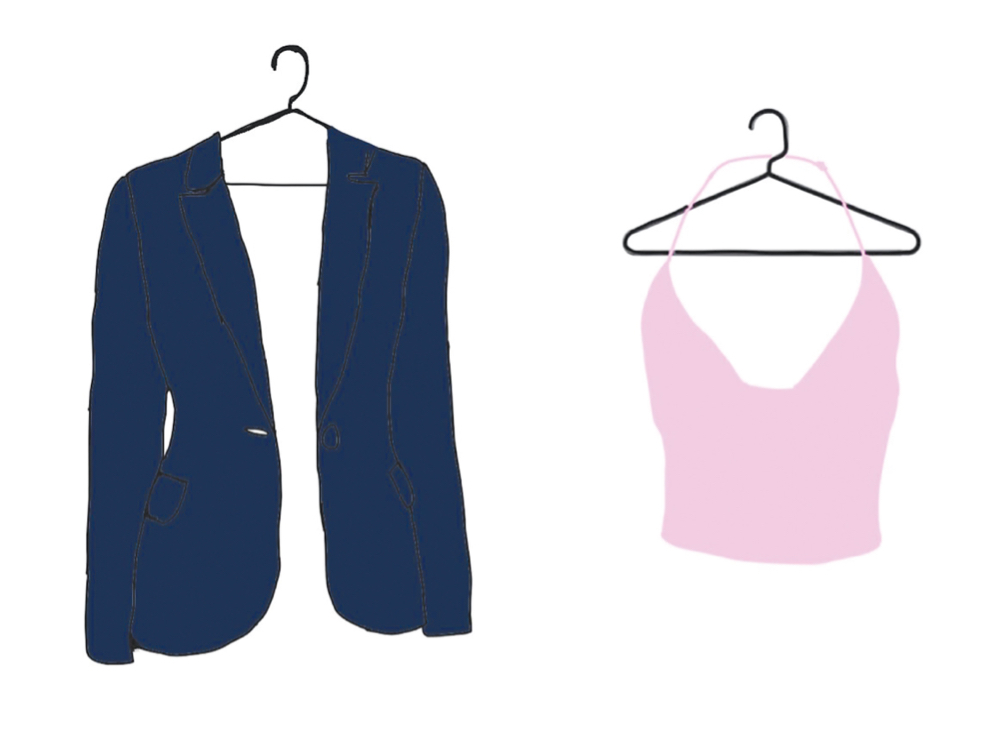Within the first 9 months of President Trump being in office, he has turned to the emergency dockets of the Supreme Court in an attempt to advance his policies. His unusually frequent usage of this tool has sparked questions about presidential power, precedent, and the growing role of the Supreme Court in the U.S. federal government.
Since the beginning of his second term, Trump has filed 22 emergency applications to the Supreme Court, while in his first term, he filed 41 applications. So far, 16 of his 22 applications have been granted. In comparison, throughout his presidential term, Former President Biden filed 17 emergency applications with the Supreme Court’s emergency docket, which is also known as their “shadow docket.” Looking even further, during both the George W Bush and Obama terms, a time period spanning 16 years, only 8 of these applications were filed. Out of the 8 applications filed, only 4 of them were decided the way the separate administrations wanted.
On September 8th, the Supreme Court allowed for federal agents to conduct immigration operations, lifting the restraining order set by a lower Los Angeles court in the case of Noem v. Vasquez Perdomo. This 6-3 ruling means that Immigration and Customs Enforcement (ICE) will now be able to stop people based on criteria like their race, the language they speak, or their location.
This was a case on the Supreme Court’s shadow docket. In emergency cases, it is rare for the court to explain its reasoning, which is the situation in this case. Although Justice Kavanaugh did write a concurring opinion, he says that the LA order will “inevitably chill lawful immigration enforcement efforts,” which is not the job of the courts.
Justice Sotomayor wrote the dissent, joined by Justice Kagan and Justice Brown. In her dissent, she writes that taking on the case Noem v. Vasquez Perdomo instead of allowing the District Court to consider this issue is “yet another grave misuse of our emergency docket.”
Since this was a case on the shadow docket, meaning the case is decided very quickly (usually around a week) and has no oral arguments because it is an emergency, its ruling is effective immediately but only lasts while appeals for the case continue.
According to CalMatters, experts expect that this case will have a huge effect not just in LA, but all across the country because of the precedent it sets.
Even more recently, the Supreme Court of the United States heard yet another emergency docket case filed by the Trump administration. This case, Trump v. Slaughter, came about because in March 2025, Trump fired 2 of the 5 members of the Federal Trade Commission (FTC). The 2 members he dismissed were the only democrats on the committee. Rebecca Slaughter sued on the grounds of precedent set in the SCOTUS case Humphrey’s Executor v. United States, a 1935 case that states that a president can not remove members of an independent federal agency, for example, the FTC, for only political reasons. A lower U.S. District Court upheld the Humphreys Executor precedent and ordered her reinstatement.
After Slaughter was reinstated, Trump submitted an emergency application to the Supreme Court. The case was decided on September 22, 2025. The Supreme Court has allowed Trump to fire Slaughter until the court reviews the case when it is in session (October-June) in December. The decision to hear Trump v. Slaughter signifies that the Supreme Court is ready to consider overturning the 90-year precedent established in Humphrey’s Executor v. United States.
AP Government and Politics teacher Mr. Clow shared insight on his thoughts about the Trump v. Slaughter Supreme Court ruling. He points out 2 peculiarities in the ruling.
“First, there’s a precedent where the Supreme Court specifically said heads of multi-member commissions, or members of them, can’t be fired by the president if they were created by Congress…The second reason is just about separation of powers. If Congress creates the commission, clearly the president can staff it…But if Congress intends to create a multi-member commission that has people of lots of different partisan backgrounds, and the intent of the original congressional law is encompassing multi-different viewpoints, I don’t think it fits within the intent of that law for the president to get to kick out the people that they see as harming the mission of the agency,” Clow said.
“If the cases are heard properly in the Supreme Court’s term, which starts in October, we could get some more compelling reasoning out of those cases that might change people’s minds,” continued Clow.
Both of these most recent rulings are set to advance through the U.S. judicial system. The Supreme Court has already agreed to hear Trump v. Slaughter in December, and it is highly likely that Noem v. Vasquez Perdomo will also be heard by the court during their session.


